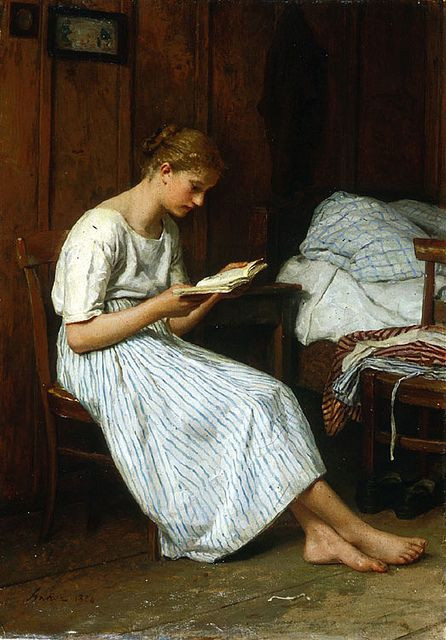Blast from the Past: This entry first posted on February 1, 2015 and was reposted on May 17, 2018. This week on Twitter, Carol Jago, past president of the National Council of Teachers of English challenged the practice of high school teachers reading books to students. She rightly criticized the practice, pointing out the importance of having students do the reading. Her thoughtful comment reminded me of this still timely blog posting.
Teacher question:
Should high school English teachers read aloud to their students or play audio recordings to them?
Shanahan response:
Over the past several years, this practice has insinuated itself, Justin Bieber-like, into our consciousness. It seems to be showing up everywhere and it can be very annoying.
Reading aloud to older students definitely has a small place, and its appropriateness depends upon the purpose. Many teachers use it like a crutch, reading to kids rather than requiring them to do their own reading. It is easier that way, of course, but it doesn’t accomplish our major instructional purposes.
If the idea is to ensure that students know Poe’s story, “The Cask of Amontillado,” as a cultural touchstone (“ooh, that’s the one where the guy gets bricked up in the wall”), then reading it to the kids should accomplish that. Or, you could just show an old Vincent Price movie.
But how often is that the purpose?
English teachers need to teach students to read that kind of text themselves and make sense of it. The hope is that if students build the ability to read and interpret such texts that they will be able to do so later in college and in the workplace (though it would be a pretty strange workplace that wants you to interpret dramatic irony in an account of a homicide).
The problem is that students won’t build that ability from being read to. They need to engage the texts themselves. (And, reading whole books to kids in those grades is just plain foolish.)
While too often the practice is misused by teachers, but that doesn’t mean “no teacher reading.”
What are some good purposes for oral reading in secondary English?
Here are a few:
1. Teacher reading (or the use of audio recordings) can provide a model of what a text should sound like. If my students were still building oral fluency, I might have them listen to a small portion of the text, and then try to make it sound the same way themselves. Such modeling can play a useful role in fluency practice, even with older students.
2. There are times when the point is simply to convey information (like an announcement from the school office). Oral sharing of a text can be a practical way to accomplish that.
3. We’re responsible for building students’ reading and oral language. It can be useful to have them listen to the sound of the language for a particular text (like what a Shakespeare play or a Longfellow poem ought to sound like). Eudora Welty wrote about how important reading aloud was for her in learning to write and in appreciating the texts of others. Occasionally demonstrating this power to kids can be a great idea (though she herself did the reading—and your kids should, too).
4. Sometimes we have to balance efficiency with our instructional purposes. Teachers may use their own oral reading to speed things along, to make a lesson fit the schedule. For example, a teacher may have the students reading and discussing a text for the first 40 minutes of class but is not getting as far as she had hoped. Consequently, she reads the next section to everyone just to complete the chapter before the bell rings. Or, in another case, the teacher reads the first 2-3 pages of a story to the students to set the stage, and then turns the rest of the text over to them.
Nothing wrong with any of those practices since none of them would displace much student reading. Unfortunately, teacher reading tends to be used because the kids are finding the text difficult or don’t want to read it.
Last week, I was teaching a high school English class myself. I had the students read an essay and was questioning them—and not getting very far, I must admit. At some point, I asked one young man a question about what the author said, and he gave a dopey answer. It was evident he hadn’t done the reading. He either didn’t read it or he read it badly. It was tempting to just stop there and read the essay to them to move things along, but instead I said, “You guys didn’t get it. Read it again.” It was amazing how the tenor of that class changed, and in retrospect I’m sure glad I didn’t read it to them.
Oral sharing and video and audio presentations have their place in the high school English curriculum. But it is a small place, so teachers need to be honest with themselves as to why they are using those approaches.
One way to protect against the weak uses of it would be to establish an arbitrary percentage of English class to be devoted to student reading (perhaps 40% or 50%–the teacher might decide that over five 50-minute instructional periods, the students will spend 100 minutes reading—not discussing, not listening to others read, not writing, not waiting, just reading the stories, poems, essays, literary nonfiction, and so on that are to be discussed and written about by the class.
Teachers should not read the books to their English classes in middle school and high school.







Comments
See what others have to say about this topic.